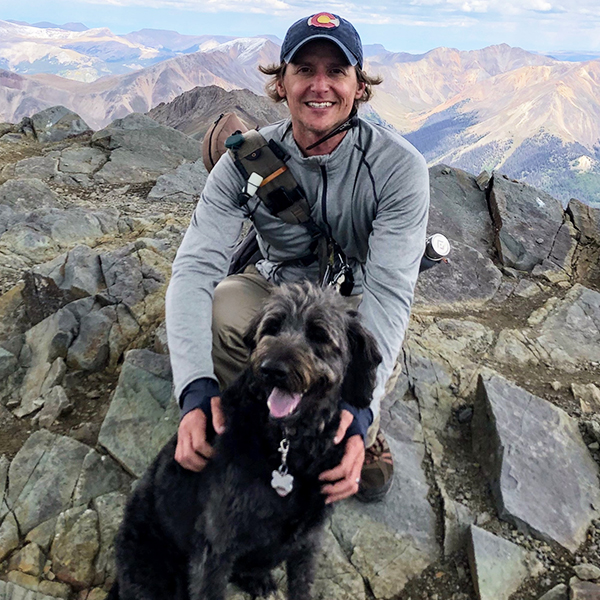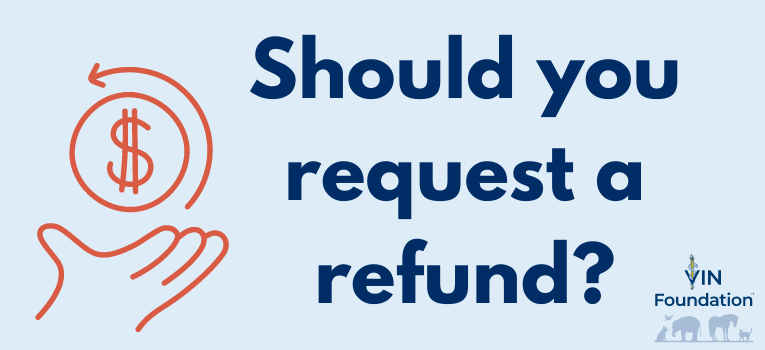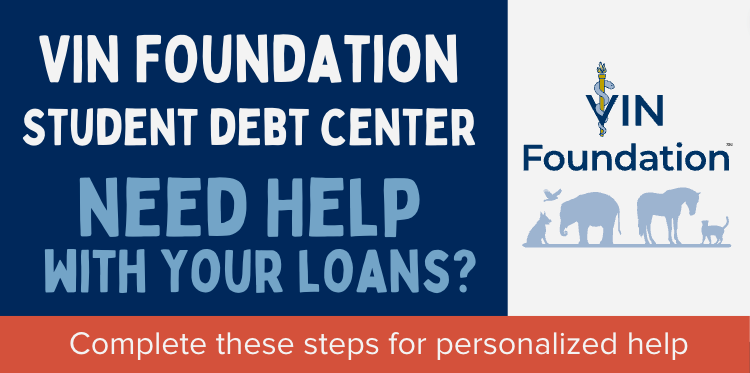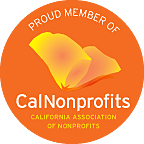Should you request a refund before the benefits end?
The student loan pandemic forbearance benefits started on March 13, 2020. Interest and payments were suspended and the forbearance time counts towards forgiveness. Another provision in the Coronavirus Aid, Relief, and Economic Security (CARES) Act allows borrowers who made payments during the forbearance period to request a refund. Any and all payments made since March 13, 2020, are eligible to be refunded to you, whether you made the payments or your employer made the payments on your behalf. The refunded amount will be added back to your loan balance.
You can request a refund of pandemic payments by calling your loan servicer. Bring some time and patience because the wait times to get to a loan servicer are long right now. My best experience has been to call early in the morning. If you have the option to have them call you back, take it! But don’t miss that callback.
To date, I have not been able to find solid guidance from the Department of Education on how long refund requests will be honored. The closest they have come is saying,
“You can get a refund for most payments (including auto pay) you make from March 13, 2020, through Aug. 28, 2023. If you have a Direct Consolidation Loan, you can’t get refunds on payments you made before consolidating.
Contact your loan servicer to request that your payment be refunded.“
From the flurry of calls I made trying to get some clarity on this, someone from federal student aid called me back and told me there is no deadline for requesting a refund set yet. The dates that are posted on studentaid.gov refer to the range of dates that payments were made that are eligible for a refund (Mar 13th, 2020 – Aug 28, 2023).
Unfortunately, loan servicers are telling people they can no longer request a refund after Aug 28, 2023. The federal student aid representative I spoke to said the only solution to that right now is to submit a complaint through studentaid.gov (while you’re logged in). State that you requested a refund from your servicer and they told you that you can no longer do that and that you made voluntary or automatic payments between the eligible dates (Mar 13, 2020 – Aug 28, 2023). Federal Student Aid will have to resolve complaints directly with the loan servicer on a case by case basis. I was told those complaints take 10-14 business days to resolve.
With the end of the pandemic forbearance benefits fast approaching, an offical refund request deadline could be set any day.
The forbearance benefits end this month: Interest starts September 1, 2023; payments will resume in October 2023. If I had a payment that was eligible for a refund, I would request it as soon as possible.
It’s hard to overstate how unusually beneficial this opportunity is for borrowers. Never before, and probably never again, will you have the option to request a refund of payments you’ve made to a debt for the prior 40 months. Sure, it certainly seems like a great opportunity to pay your loans while the interest is zero, but for so many veterinarians, those payments would be better served in other areas of your overall financial wellness where you will experience a bigger return over the long-term than as additional payments made to your student loans. This is especially true for anyone who would otherwise reach forgiveness, a path that is mathematically likely for many veterinarians with student loans.
How do you know if you should request a refund of pandemic payments?
Federal student loans are the most flexible student debt you’ll ever have. With recent changes, including the update of the Revised Pay as You Earn (REPAYE) plan to Saving on a Valuable Education (SAVE), one-time forgiveness count adjustment, and the end of most unpaid interest capitalization, the opportunity and probability to reach forgiveness is more likely for more borrowers than ever before.
There is little financial reason to accelerate federal student loan payments, particularly if you have more critical financial wellness areas to boost or shore up. These include an emergency fund equal to at least 6 months of your expenses, maxing out tax-advantaged retirement savings, health insurance, health savings account (HSA) contributions, flexible spending account (FSA), a home down payment, a practice buy-in, starting or expanding your family, saving for you child/children, paying down less flexible debt, to name a few. All of these will return bigger dividends over time than paying more than is required for your student loans.
Generally speaking, if you have to ask whether or not you should request a refund of payments, then the answer is usually yes and fast. Time is running out.
Here are additional reasons to request a refund of payments to your student loans during the pandemic forbearance period:
You anticipate reaching student loan forgiveness, either public service loan forgiveness (PSLF) or income-driven repayment forgiveness.
You expect a boost in forgiveness-eligible payments as a result of the one-time forgiveness count adjustment.
You can use those funds for any of the critical financial wellness items mentioned previously.
The pandemic payment refund is covered in more detail in the recent Climbing Mt. Debt webinar. Review the recording if you were not able to attend the live session.
The reasons for making payments during the forbearance period are few. Those who have a student debt-to-income ratio of less than one with little chance of reaching student loan forgiveness AND a robust financial wellness plan can benefit from pandemic payments. In my experience, those veterinarians are few and far between. If you need help working through your student loans, please reach out to the VIN and VIN Foundation Student Debt Team.
If you need student debt help, reach out to VIN and VIN Foundation. We have free online tools like the VIN Foundation Student Debt Center and special message board areas to help you make sense of your options. If you have questions on any of the available tools and options, reach out to studentdebt@vinfoundation.org.

Dr. Tony Bartels graduated in 2012 from the Colorado State University combined MBA/DVM program and is an employee of the Veterinary Information Network (VIN) and a VIN Foundation Board member. He and his wife have more than $400,000 in veterinary-school debt that they manage using federal income-driven repayment plans. By necessity (and now obsession), his professional activities include researching and speaking on veterinary-student debt, providing guidance to colleagues on loan-repayment strategies and contributing to VIN Foundation initiatives.



9 thoughts on “Pandemic forbearance payments are eligible for a refund”
Have you heard of any people having success in getting approved loan refund after requesting it past August 28th? We requested August 30th. I just want to know that there’s still hope for us to get it approved. Like you said, it was extremely unclear to us that August 28th was the deadline and I have only found 1 article that says it would be and another one says the deadline “may be August 28th.” Why did everyone seem to know this date except us? 😅😂 The articles appear to have been edited 4 days before the deadline too, which confuses me.
Hi Nina, Thanks for posting a comment. You’re absolutely right — that was a very sneaky deadline and didn’t seem to match any of the language that was posted on the Dept of ED websites. I think it is more of a loan servicer made up deadline. The reason this blog was updated was because when I discovered this sudden deadline, I started calling around to the Dept of ED and with my congressional representatives and none of them could confirm for me that there was an official deadline for requesting a refund. That’s where we updated the post to include what I was told — to request a refund from your loan servicer and if they deny it, to then login to studentaid.gov and submit a complaint. It’s been nearly impossible to get a loan servicer on the phone in any reasonable amount of time and the only way to request a refund was to call them and ask. Mention that in your complaint. Supposedly, the Dept of ED can then work through your request and potentially help you to get that refund processed. Please note: if you are waiting on a refund or for your complaint to be processed and you could benefit from consolidating your loans before the end of this year to boost your forigvenes count under the special adjustment, then don’t wait on the refund. That refund request via the complaint process is not likely to resolve before the one-time forgiveness count adjustmnet deadline (12/31/2023) passes. Clear as mud? 🙂
Hi guys, I know I’m late to the party.
But, I just tried to request a refund of my payments made during the covid forbearance period from my loan servicer. No such luck to be had. In googling this question this morning, per studentaid.gov –
Q: “Can I still request a refund for payments I made during the COVID-19 forbearance payment pause period?”
A: “No, you can no longer get refunds for payments you made during the COVID-19 payment pause. The refund benefit ended on Aug. 28, 2023.”
Bummer….
Hi Josie,
Thanks for your comment and report. That’s correct — if you’re trying to request a refund now, you’re most likely too late to the party. The refund request deadline was never formally posted. As we cover in the blog, there were some officials who made it sound like it was still possible if you went through a complaint process. I’ve not heard of anyone being successful in getting a refund if you requested it after the forbearance benefits expired.
I requested a refund of the money I paid during the pause in May 2023. I have also been approved for PSLF. I never received my money back and have been calling for months. For the first time, the other day, a representative from my student loan company said that she does not think I can get the money back. Thoughts?
Hi Sara,
Thanks for you comment. Congrats on receving PSLF! You might try reaching out to the federal student loan ombudsman about your refund of payments: https://studentaid.gov/feedback-ombudsman/disputes/prepare.
Have you had any success in getting your money back? I am in the same situation where I paid within those 3 years, but my employer was only recently added to the eligible list for the PSLF. I was wondering if it is worth going through the hassle if there is no way to get a refund, especially since it has been a while since August 28, 2023.
I requested my repayment on June 5th 2023 when NelNet had my student loans. My loans were transferred to MOHELA in July and somehow the refund was not processed. When I called MOHELA to check on the status of my refunds they said I missed the deadline and needed to show proof that I requested the refund prior to August 28th. NelNet provided me a detailed email indicated that I had in fact requested the refund prior to the deadline, which I forwarded to MOHELA. MOHELA said they would process the refund, then when I checked on the status they said the refund had been canceled and they would not issue it. They basically told me good luck suing us in federal court.
Hi Gunner,
Thanks for posting your comment and my apologies for your frustration in trying to get your refund of pandemic forbearnace payments. If you have proof of the refund request from before the supposed deadline, then reach out to the federal student loan ombudsman and/or submit a complaint via studentaid.gov. Good luck!